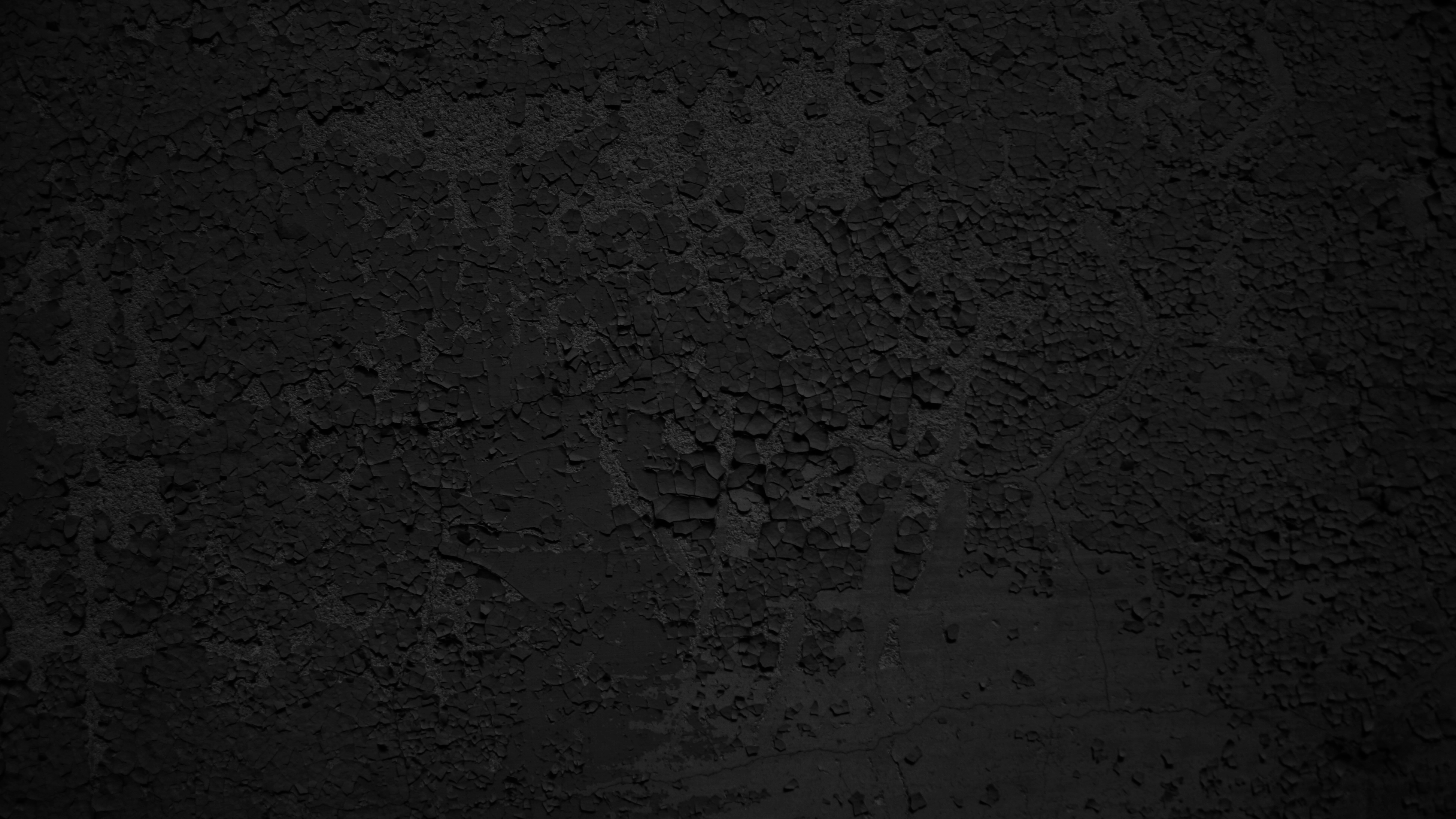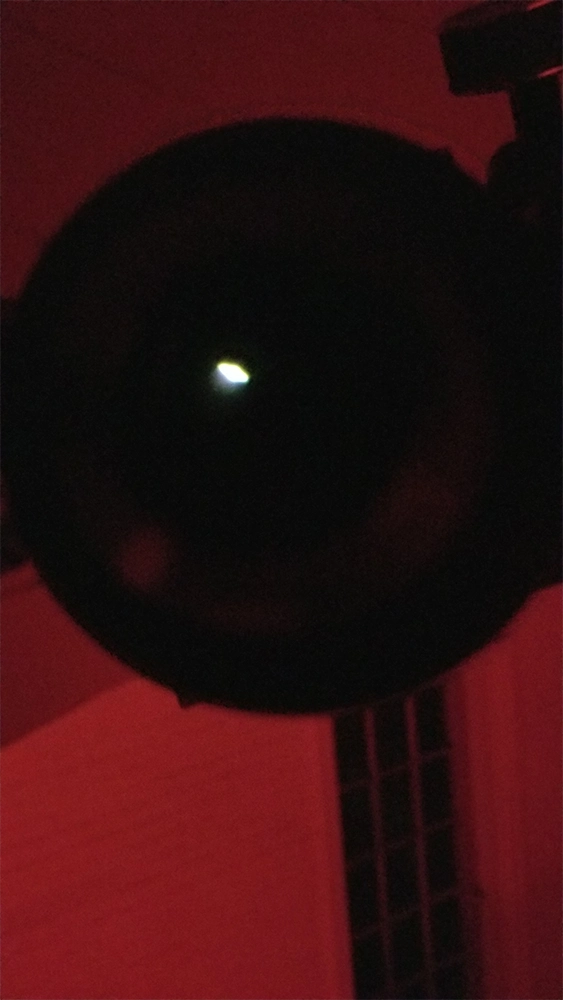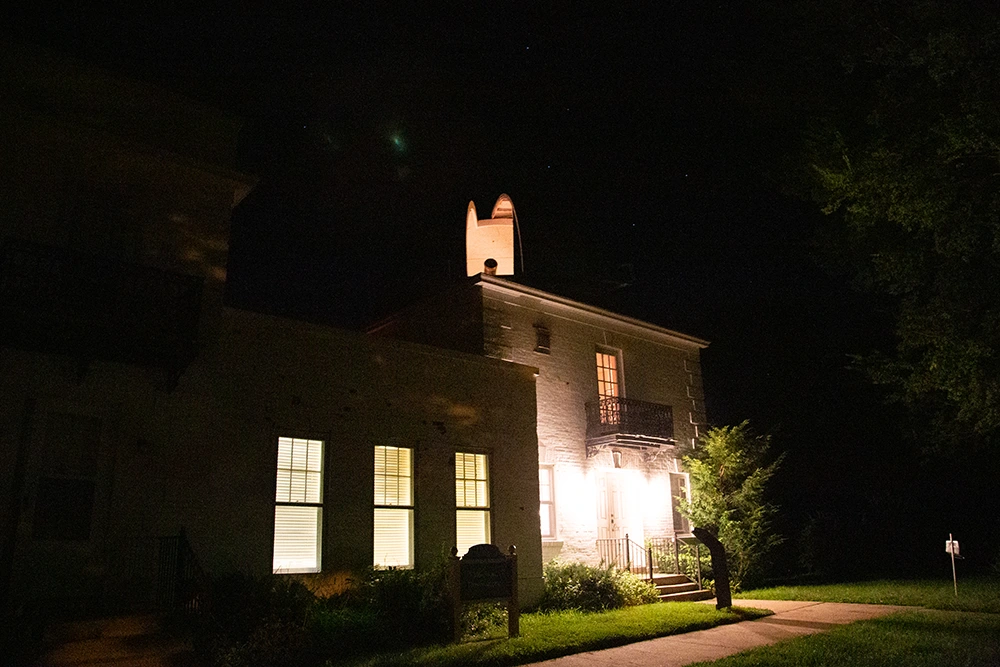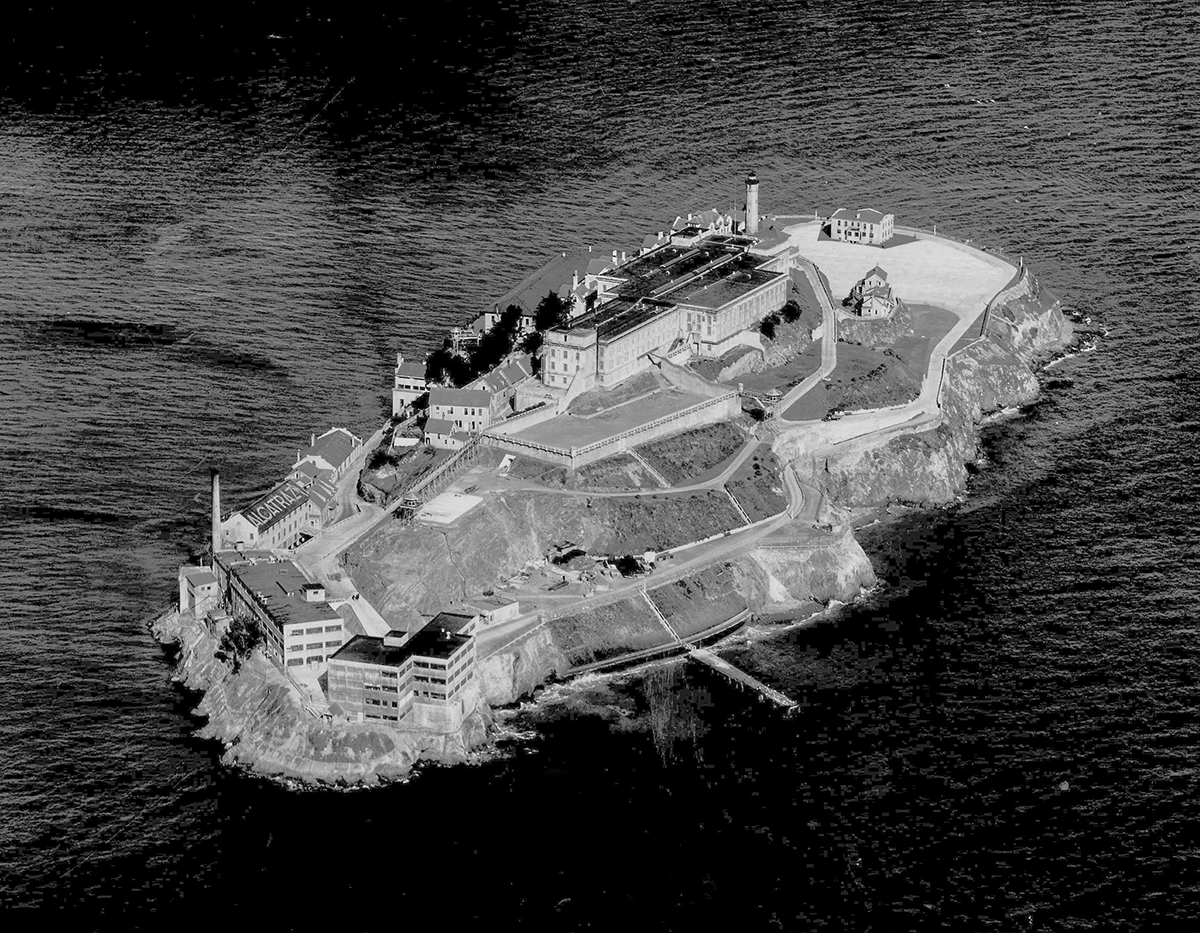Monday, March 6, 2023
The Morrison Observatory was originaly constructed in 1875 by Pritchett College, a small local institution in Glasgow, Missouri. It was named after the benefactor Bernice Morrison who, in 1874, pledged $100,000 to build a world-class observatory at the college. Within a year, the college delivered on her stated goals.
The observatory was outfitted with the best instruments available at the time which consisted of a beautifully crafted 12.25" Clark Refracting Telescope housed beneath a hand-cranked rotating dome that was modeled after the one found at Harvard's Observatory. Clark Telescopes, made by the legendary Alvan Clark company were the centerpieces of all of the top observatories of the day such as Harvard, Lowell, and Yerkes. One year later, in 1876, a 6" Meridian Telescope, built by Troughton & Sims was installed in a separate part of the building. With this addition, the observatory was able to generate income by selling the accurate time to local railroads and other institutions throughout Missouri. The Meridian Telescope is a large single axis transit telescope whose primary function was "to accurately mark the position of a star as it crossed the zenith at the observatory's 39 Degrees North Latitude". There was a lounge chair built for the comfort of the observer who would send a telegraph to the railway signalling devices to accurately mark the time. The position of the telescope was accurately determined through the use of large dials on the side whose marks were illuminated by a complex series of glass prisms which directed the light from attached lamps. There is also a closet directly behind the telescope which was built to house the clock on which the time was locally recorded. This clock was built by notable horologist Charles Frodsham, clockmaker to the Queen of England, who started the Charles Frodsham & Co in London, which "remains in existence as the longest continuously trading firm of chronometer manufacturers in the world". Notable among the oservations made at the Morrison Observatory is that of Jupiter's Great Red Spot which was documented by Dr. Henry Pritchett in 1878. By 1907, however, the Morrison Observatory was no longer in use.
Pritchett College failed financially in 1922 but nearby Central Methodist College gained possession of the observatory in order to preserve and restore it. Central Methodist, however, was 12 miles away which was not exactly convenient so in 1935 the observatory itself was moved to an ideal spot where it was re-constructed within a 10 minute walk from campus where it still stands today.
NOTE: This trip occurred during the time period to which my future biographers will refer as "the broken collarbone era". As such it is not my greatest work behind the camera and I fully intend to revisit someday to do the place justice using both of my arms.
NOTE 2: This observatory is not abandoned and multiple people live here at any given time. It is often open to the public so I highly recommend that you go and you slip them some cash donations while you're at it. As was the case with my previous post, this location features gratuitous amounts of "cool old stuff" and therefore qualifies as "blog worthy" due to its absurd level of awesomeness. This is now one of my favorite places ever.
Historic Photos of the Morrison Observatory
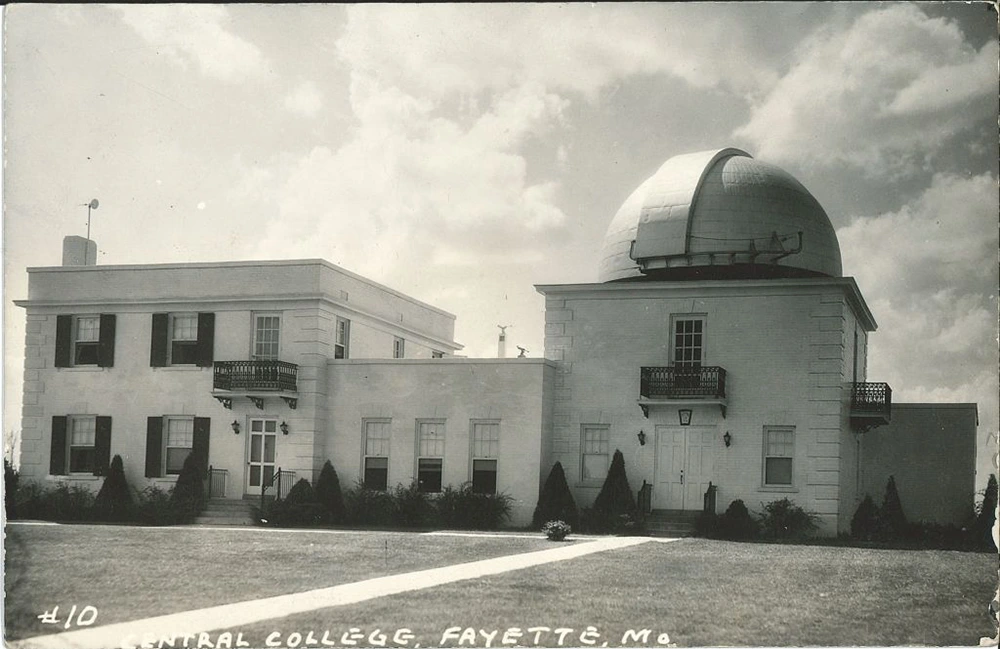
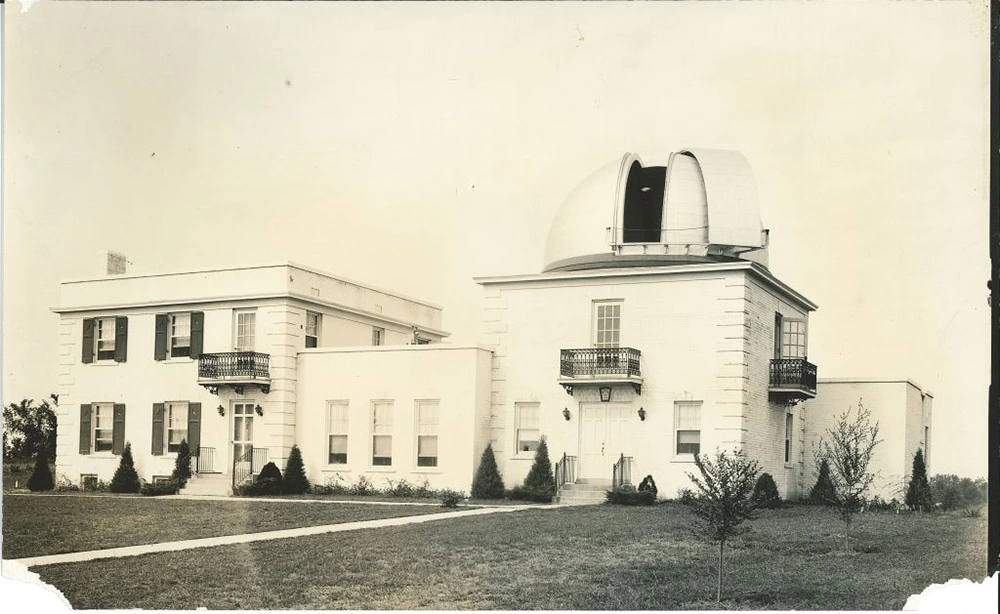
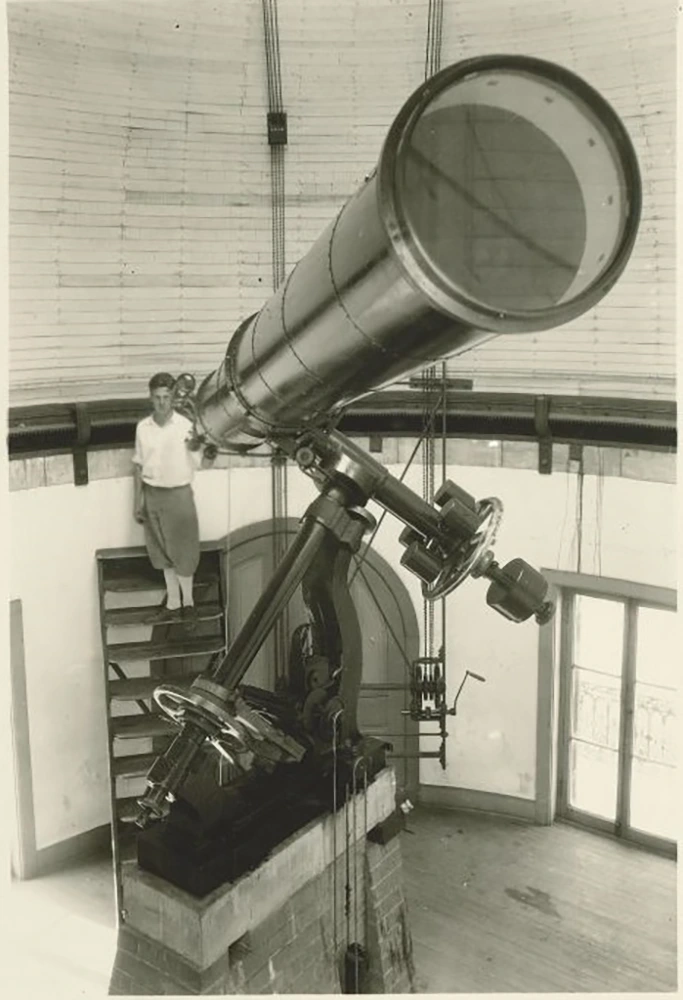
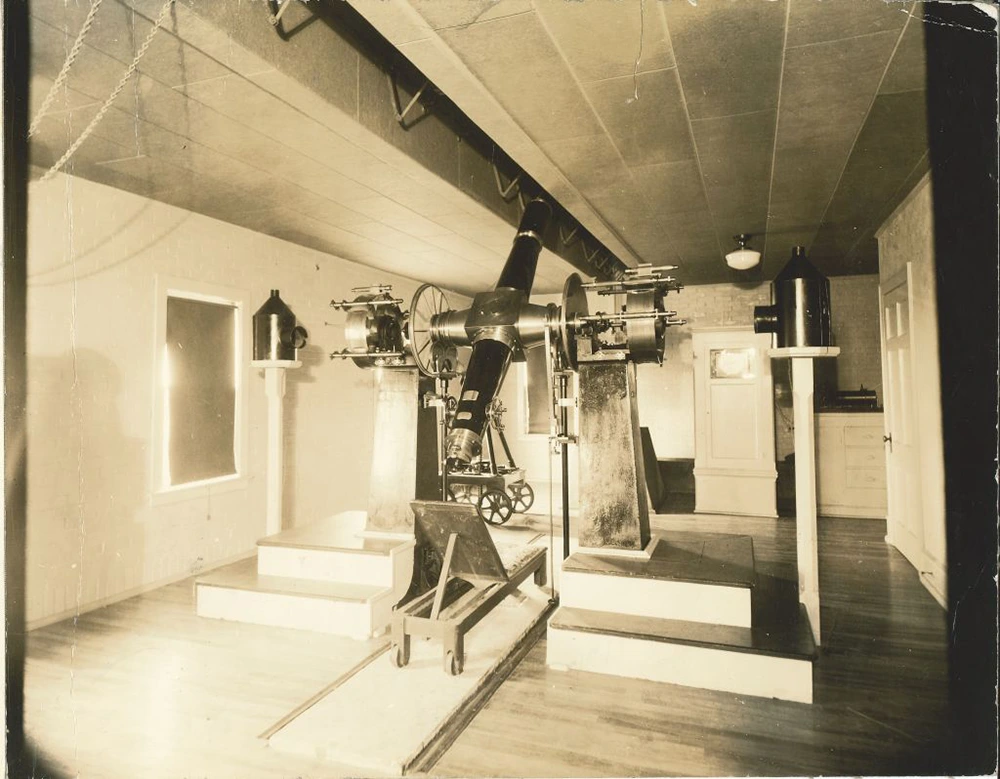

End Historic Photos
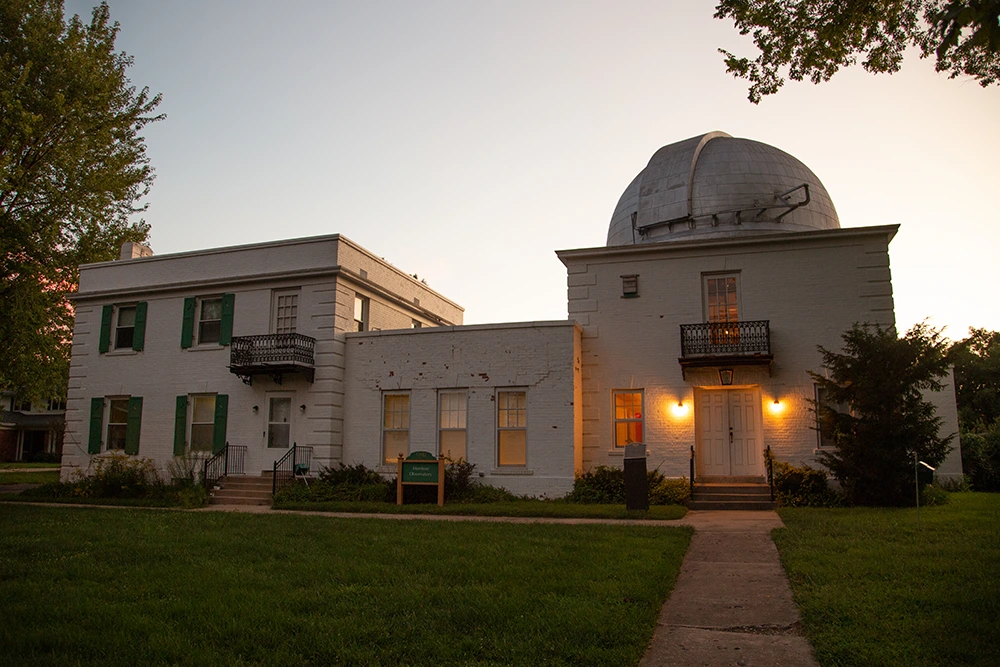
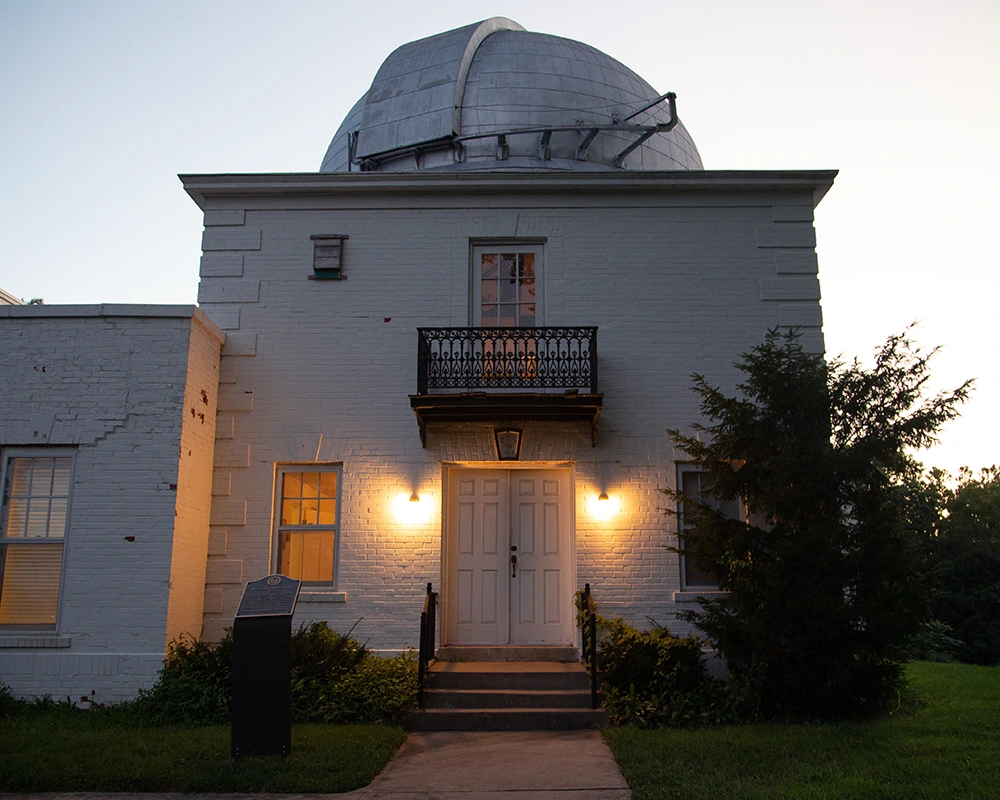
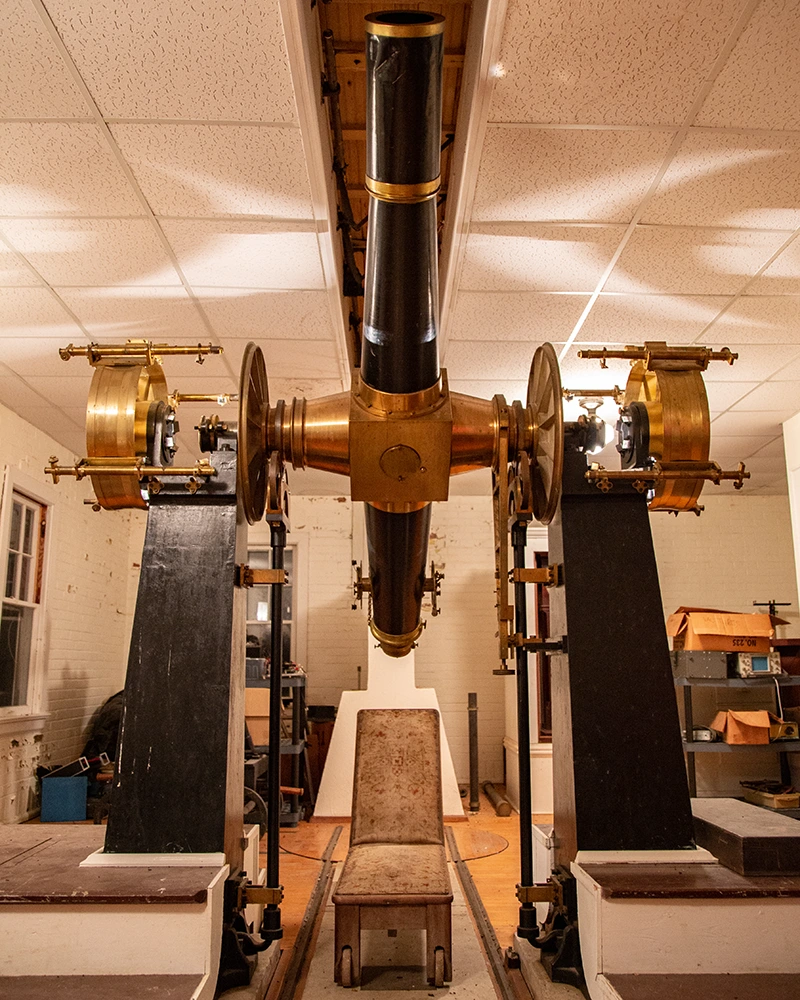
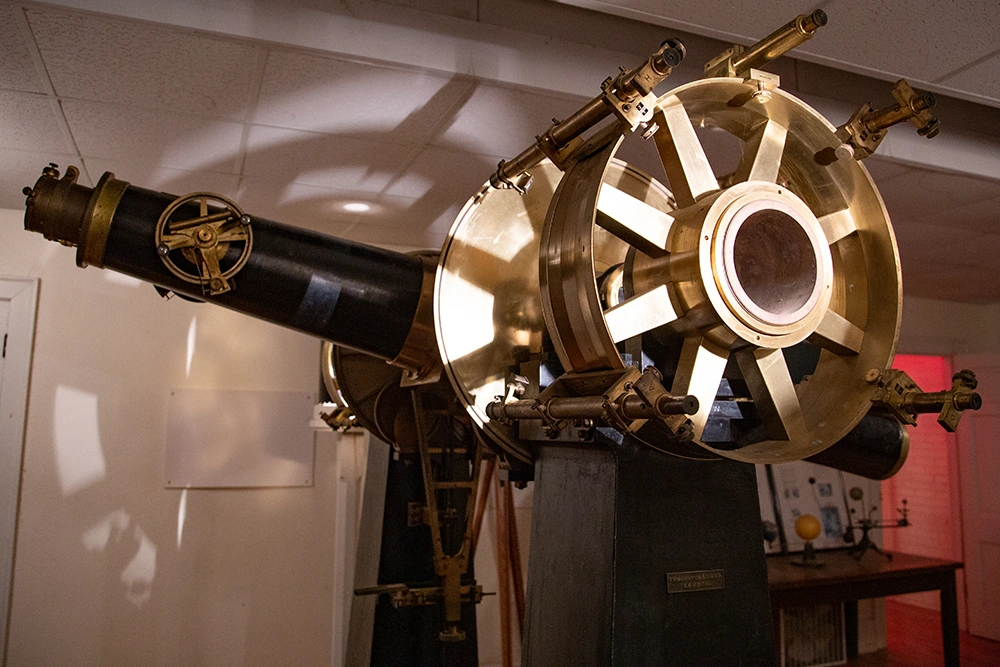
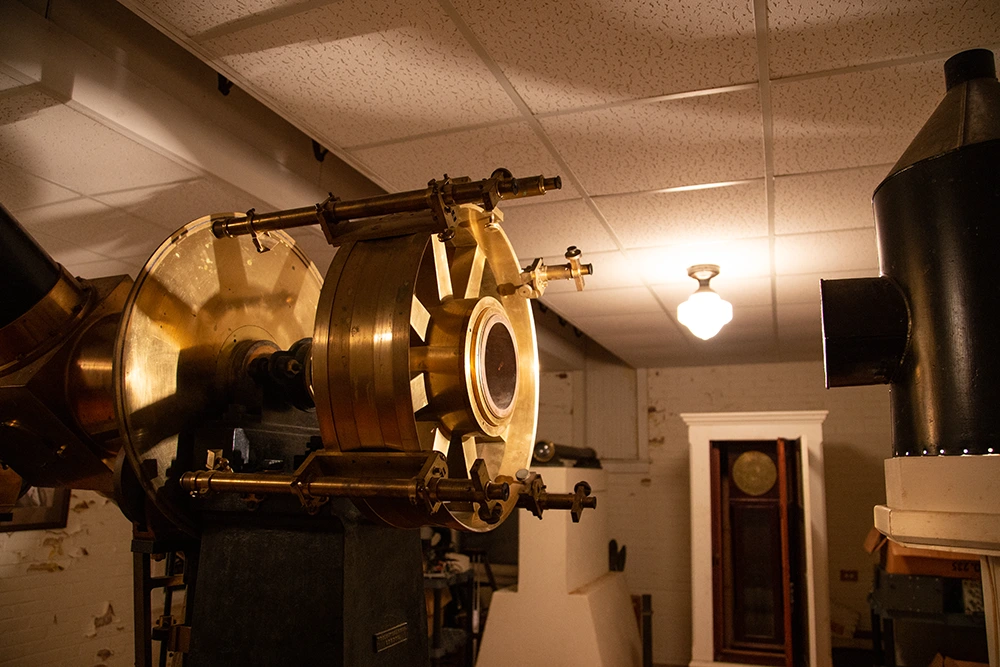
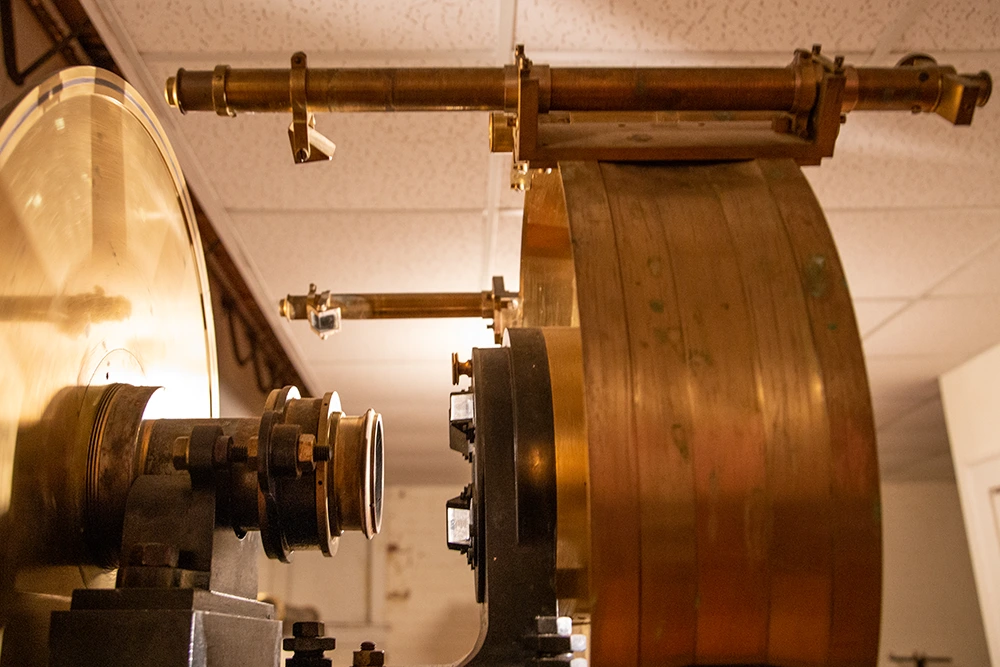
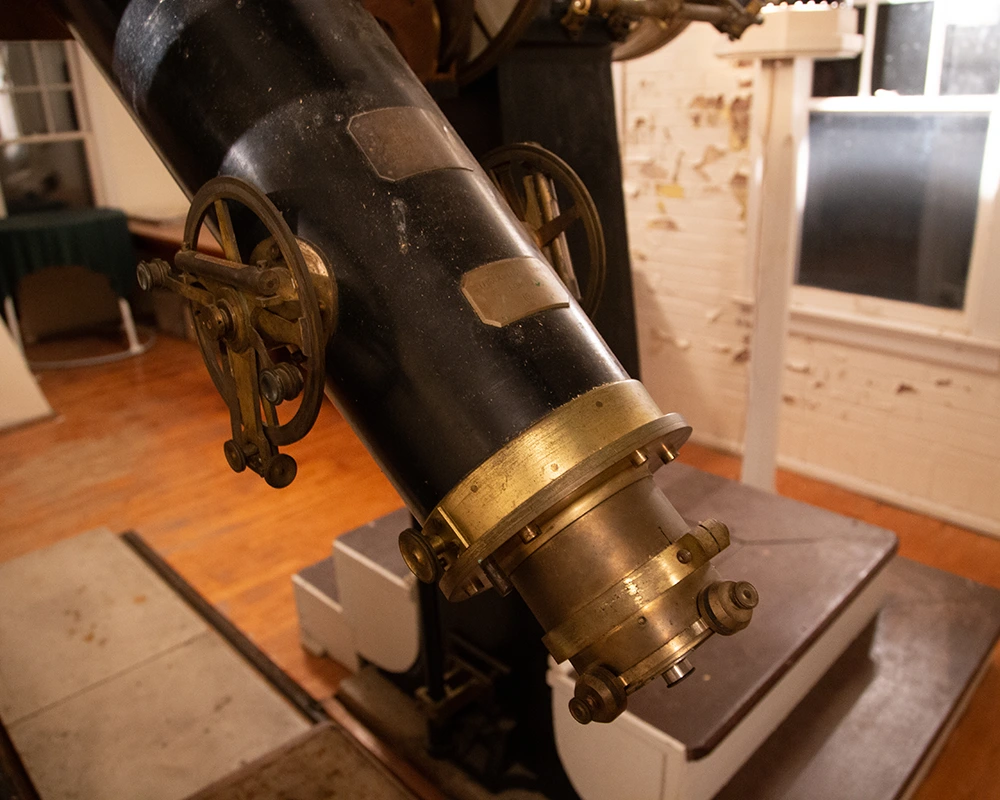

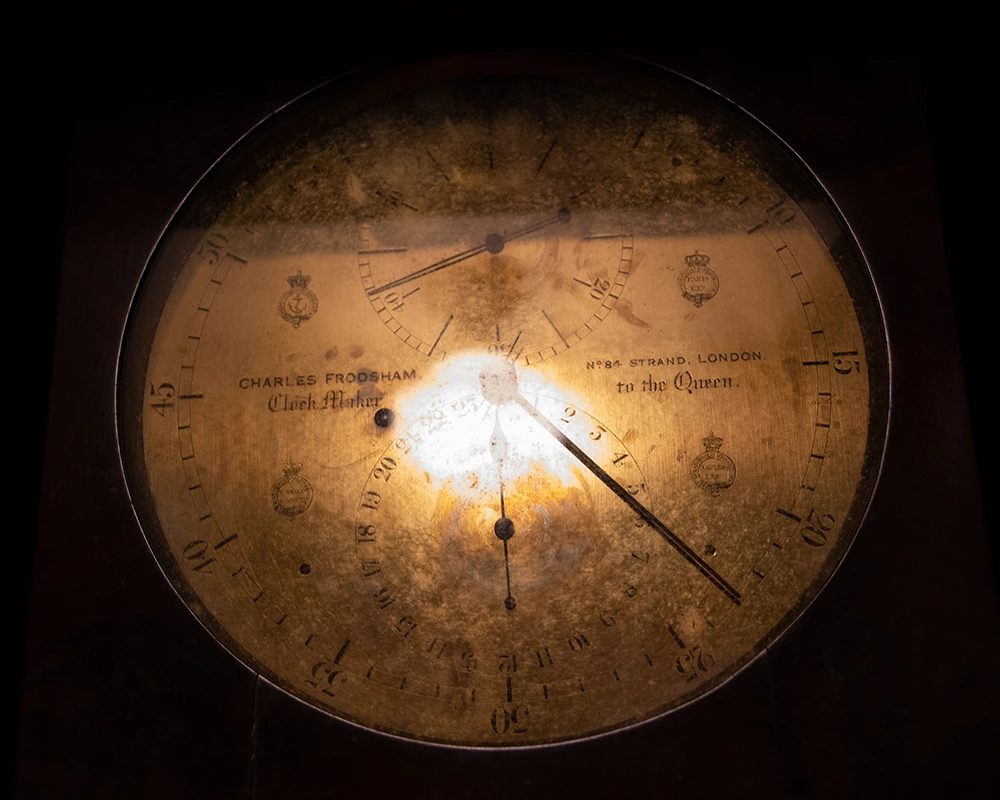
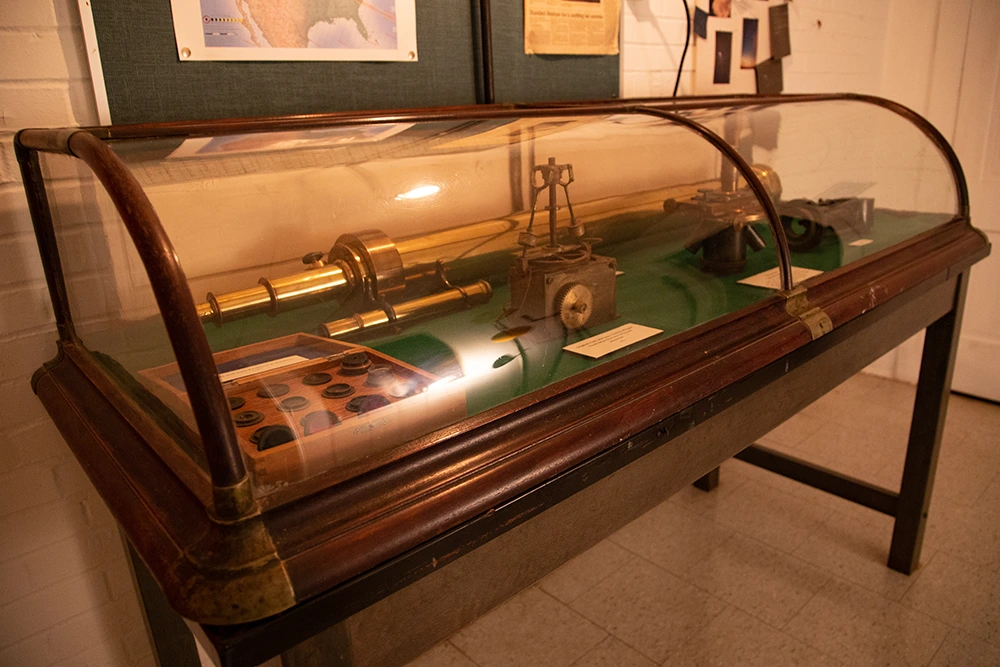
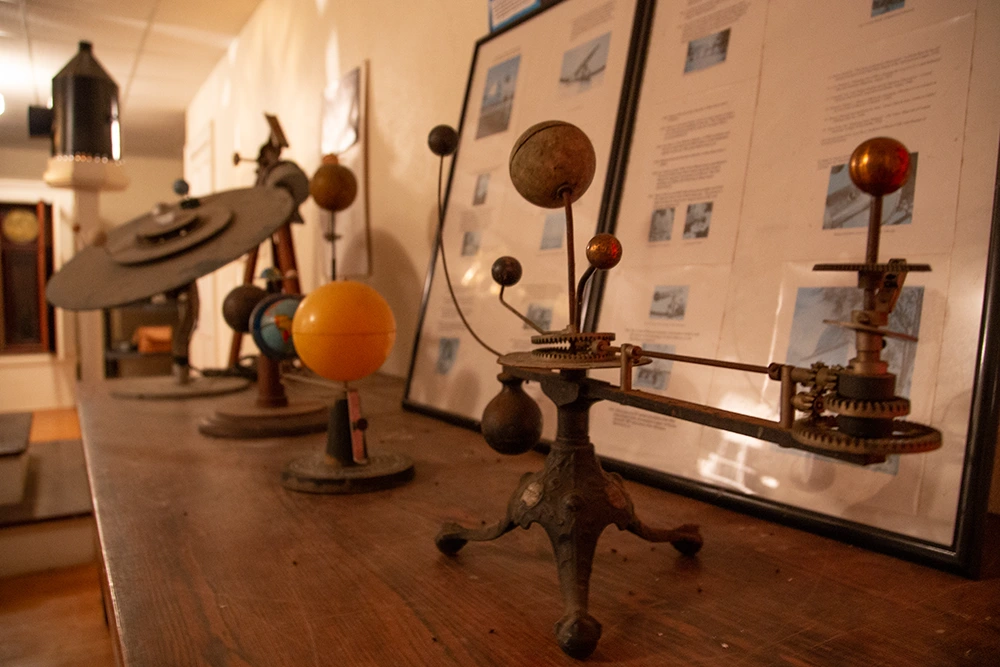
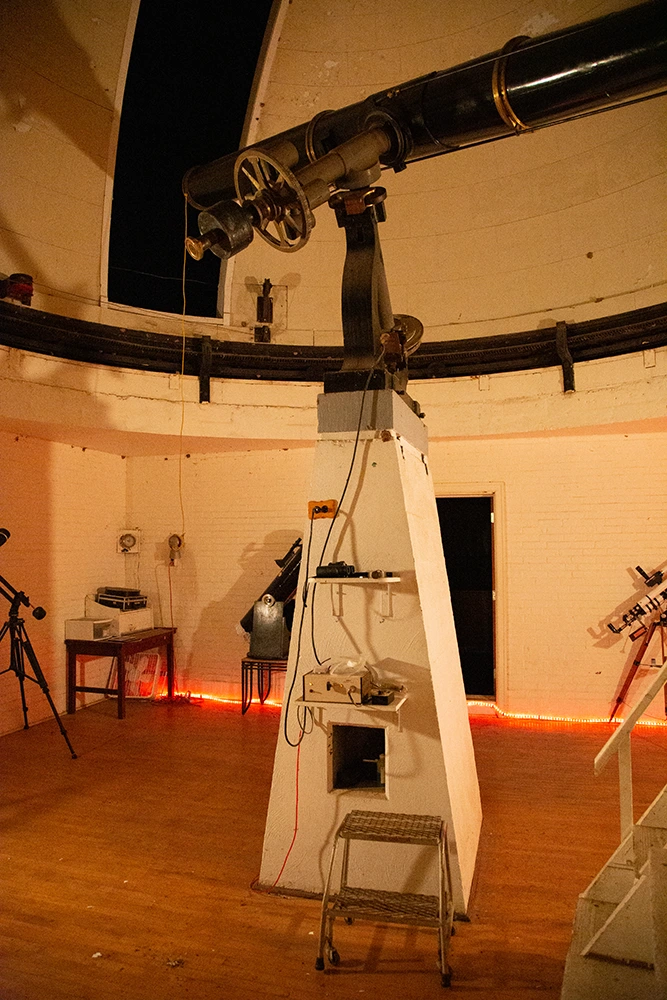
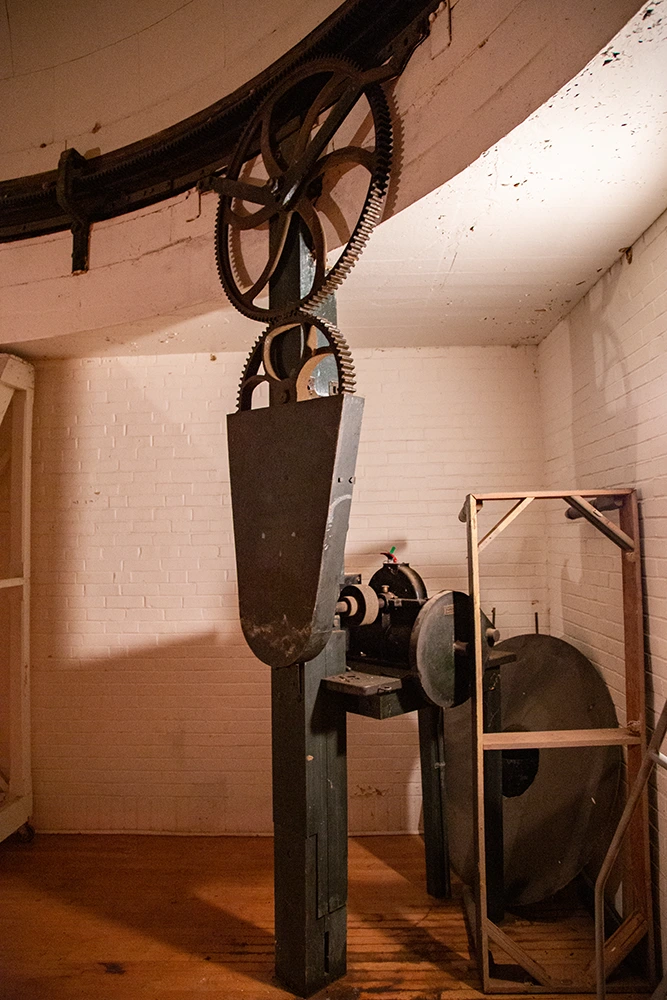
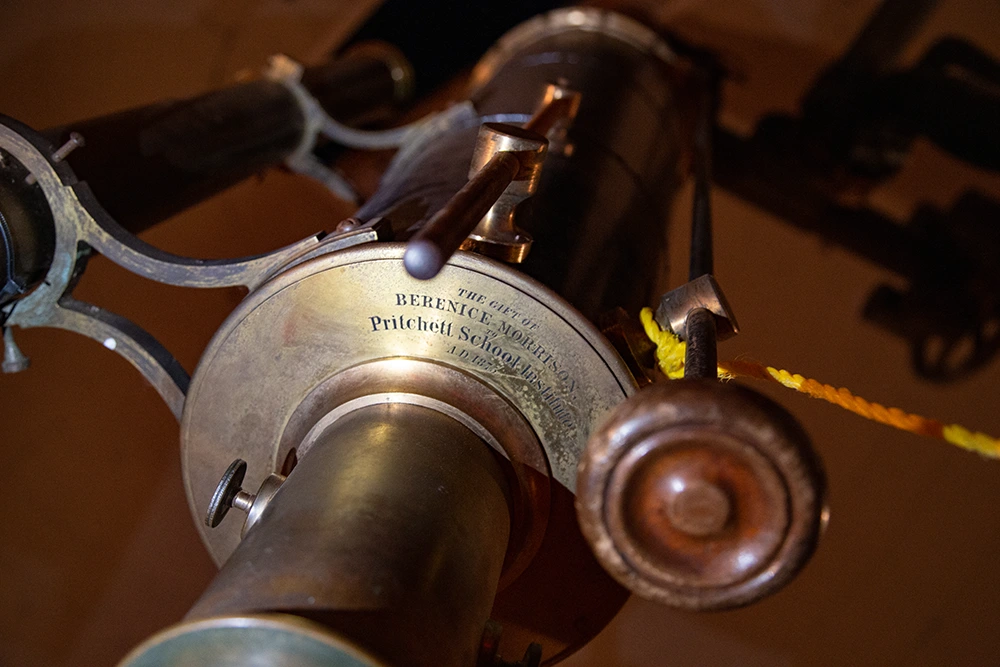
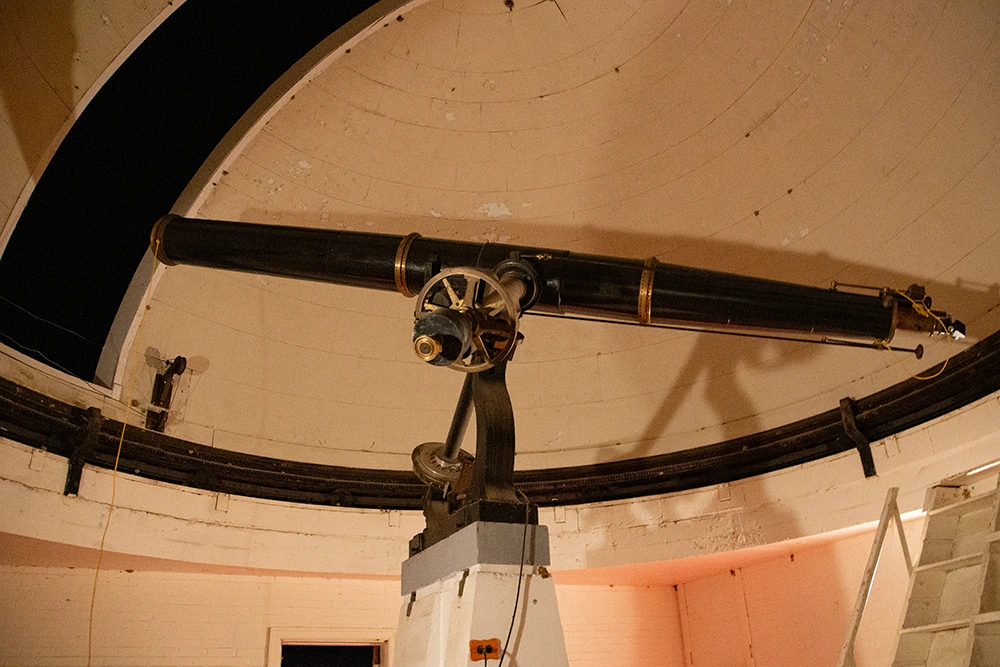
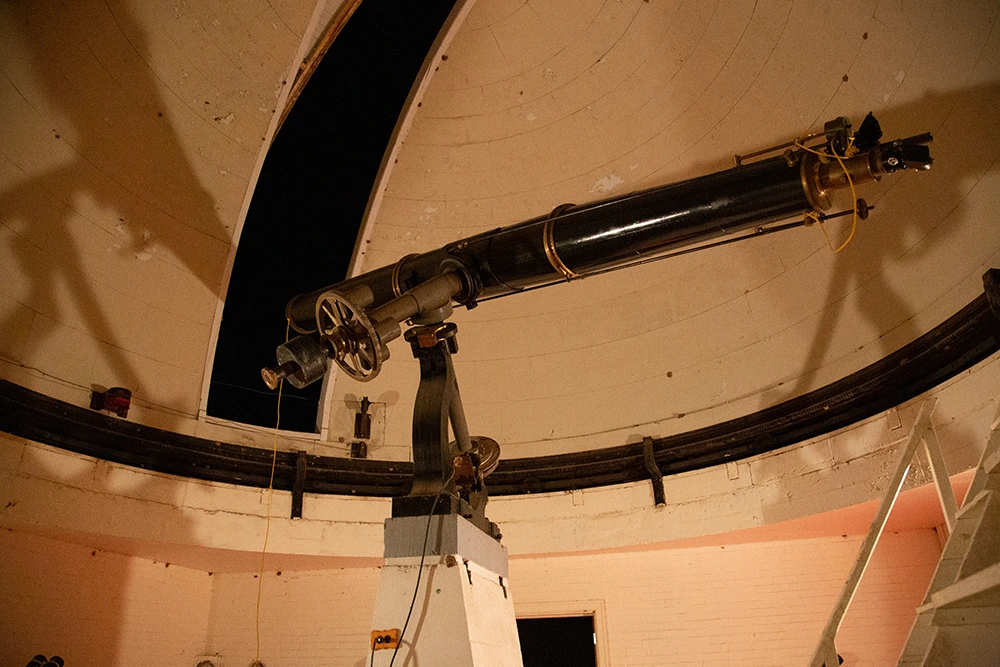
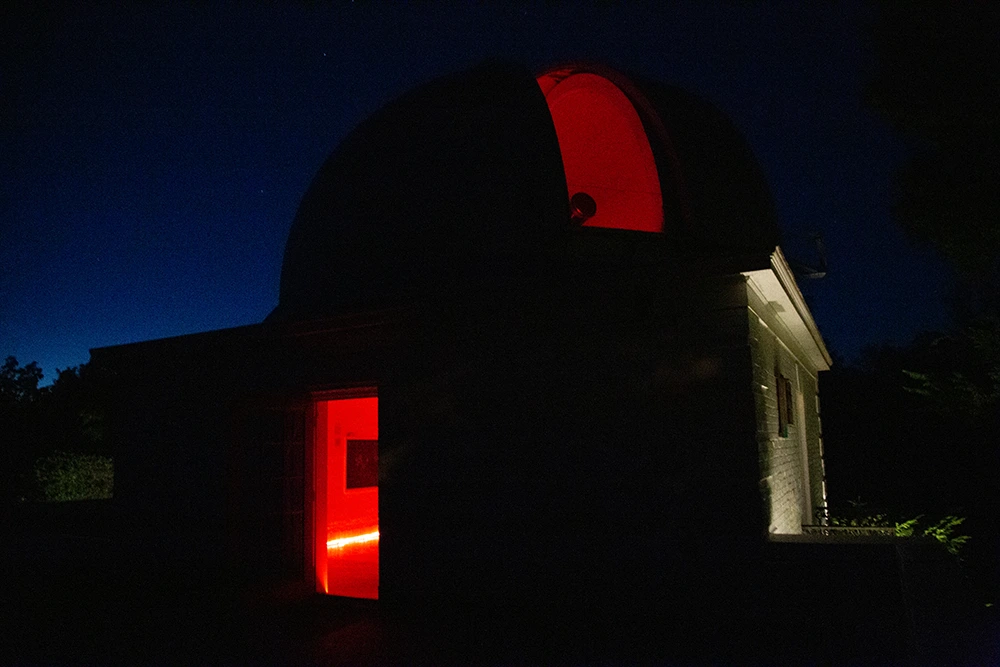
Here I am attempting to capture Saturn (which was clearly visible and crystal clear in the eyepiece) with my phone.. with only one usable arm while precariously balanced on the movable stair/platform that provides observers access to the eyepiece.
Labels: 1800s, architecture, coololdstuff, historic, observatory
